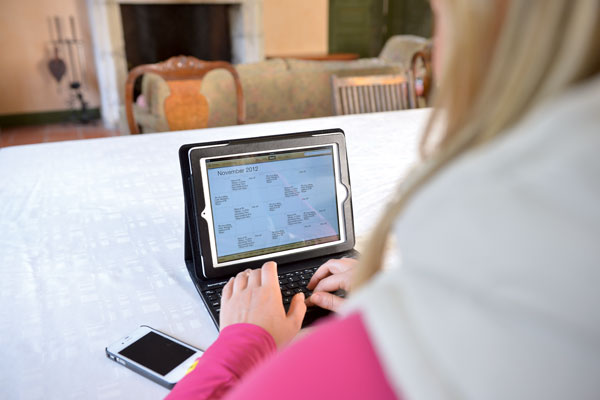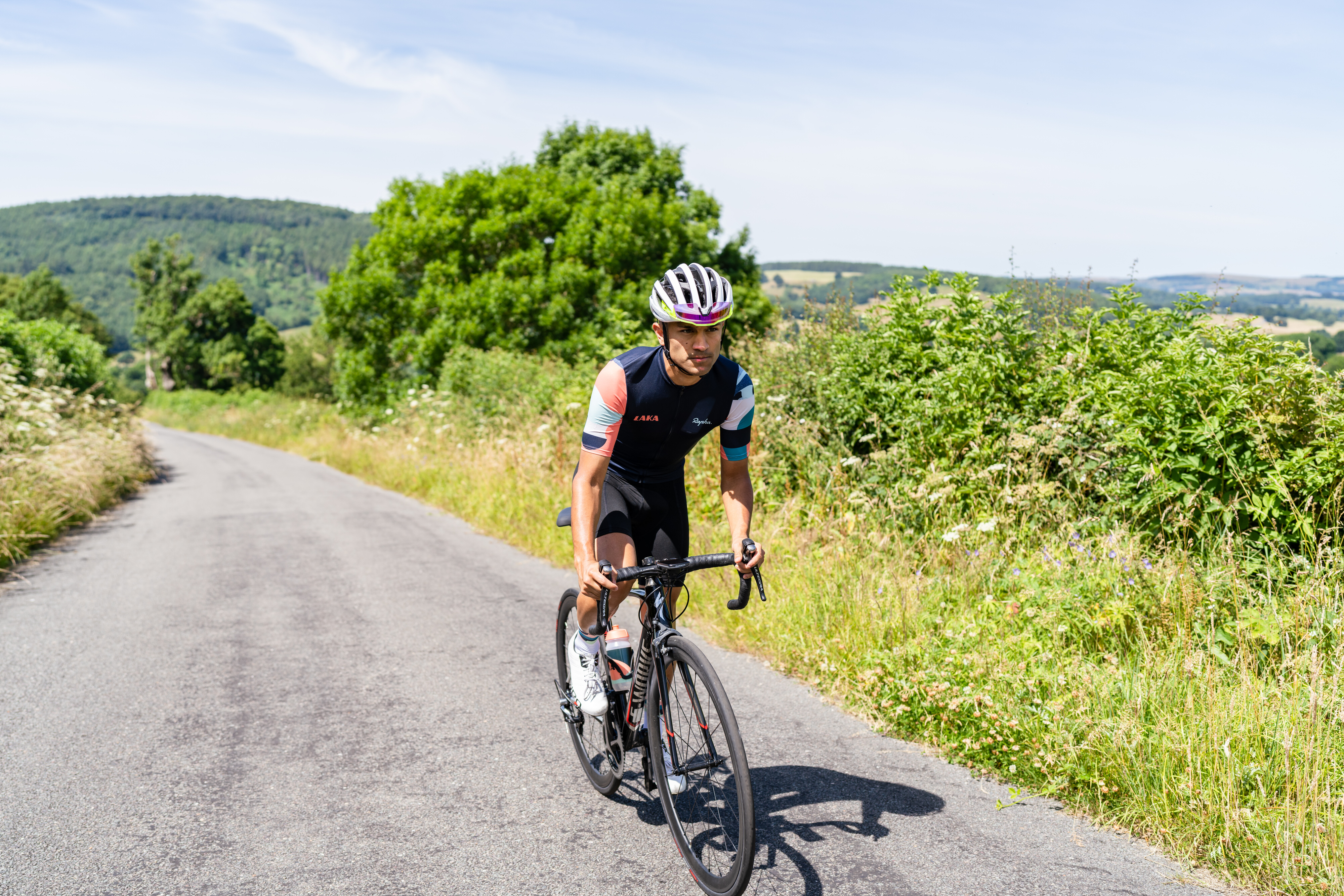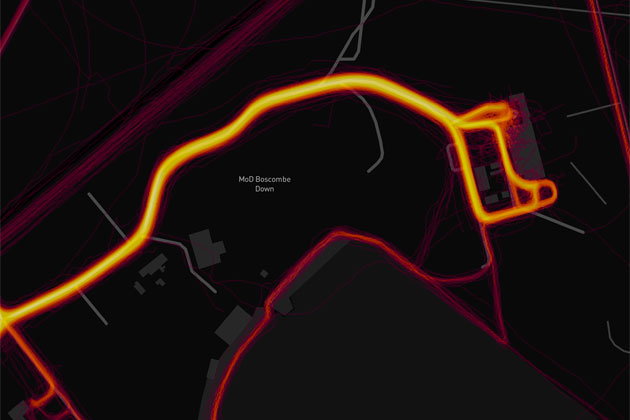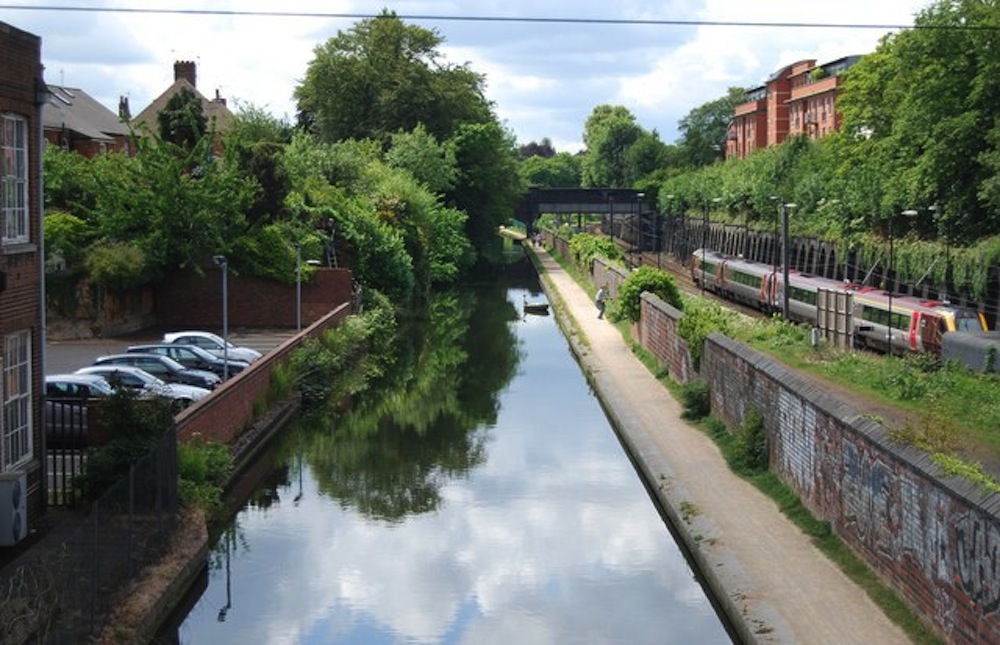How to plan a bike route for your commute to work: Seven tips and tools you need to know about
The route you’d take if you were driving is probably not the best route for a cycle commute


As a driver you're likely to know the fastest commute. However, if you've decided to ditch the car and cycle to work this route may not be so well-suited to two-wheels.
While experience will tell you areas where you can perhaps steal a jump on the stalled traffic, you can almost certainly make your commute easier and less stressful by finding some alternative routes that bypass them altogether. You’ll probably find they're faster, that you can keep riding steadily rather than stopping and starting for lights and junctions and that you’ll not be riding through traffic fumes either.
Here are seven suggestions to plan a commute to work that’s easier, nicer, more comfortable and more enjoyable so that you continue to reap the many benefits of commuting by bike to work. Trying a few different route options will help keep your commute more interesting too.
Our top tips on how to plan a bike route for your commute to work
1. Use route planning tools for cyclists
The best route for a driver is probably not the best for a cyclist. Google Maps has the option to plan a route specific for cycling, so it’s worth seeing the options that it suggests and whether any are faster or quieter than riding the route it suggests for a car.
More and more towns and cities have segregated cycle lanes alongside roads. These often let you get along faster than mixing it with traffic, so it may be worth a slight detour to ride one of these.

There are loads of planning tools that help you find a route to your workplace
You might find a B or C road parallel to an A that is shorter and has less traffic or fewer stops for traffic lights. Once you get into urban areas, there may be a network of quiet residential streets that you can take to bypass busy main roads into town. Since they often have traffic calming measures, you may be able to travel faster than a car can be driven.
Beyond Google Maps, there are other resources for cycling commuters, like Sustrans’s maps of the National Cycle Network. There may be traffic-free bike paths that go where you need to get to. CycleStreets is another option to map out a commuting route. It gives you three options: quietest, fastest and balanced, so you can pick and choose between routes or mix them up on different days.
The latest race content, interviews, features, reviews and expert buying guides, direct to your inbox!
2. Avoid hills

Climbs: great for leisure rides, not so good for commutes
Cyclists love climbs, but they might not be the best option if you’re commuting wearing a cycling backpack with a load of kit you need for work or if there’s lots of traffic trying to pass you. You may find that a slightly longer route that bypasses a climb is faster and nicer than a more direct route that has you grinding up a steep incline only to have to take it cautiously on the other side to keep with the flow of traffic.
That said, one of reasons an electric bike makes a perfect bike for commuting is that you don't have worry about your route being packed with hills as the motor assistance will make things a little easier.
3. Check cycling heatmaps
Cyclists are adept at finding cunning routes that are quieter and faster than main roads. You can track these down via heatmaps of where cyclists ride most frequently.

A heatmap will help you to spot alternative, cycle-friendly routes
Millions of kilometres of riding are logged on Garmin devices, so Garmin Connect has some of the most complete heatmaps available. It’s free to set up an account and you don’t need to own a Garmin device to use its route planner.
Strava has just as much heatmap data. You’ll need to pay for its route planning functionality, although you can get a free trial period. Other cycling computer brands like Hammerhead also have heatmaps available to help you plot a route.
4. Look for cut-throughs
If you study heatmaps you’ll probably see some routes taken by riders that look impossible on a standard map. There are often alleys, paths or just bollarded roads that a car can’t get through but that it’s perfectly possible to ride or walk your bike over and that get you quickly from one area to another, maybe between backroads or across an open area or park.
You may be able to spot options yourself by using Google Street View, checking either end of a potential shortcut. Google’s satellite imagery can help too. Even if you can’t ride a cut-through, it might still save you some time.
5. Go off-road
Taking it further, you may find that a stretch of off-road riding can get you to work faster than a road. You may find that it’s tarmacked or paved with hard, compressed rock and so relatively dry and fast to ride. Even if it isn’t, it may stay relatively dry all winter.

Canal towpaths can provide speedy, quiet routes into town
Canal towpaths are another great option to get you where you want to go. They often lead right into the centre of a town and may be metalled and easy to ride. You can pop back onto a street at a bridge that’s nearer to your destination.
A gravel bike with chunky tyres is ideal for this sort of riding, but many hybrid bikes have clearance for wider tyres with plenty of grip. Equally many of today's road bike allow for wider tyres of 30mm or more, which might be sufficient for you to tackle some off-road sections in relative comfort.
6. Switch trains strategically
Thanks to the vagaries of nineteenth century railway construction in the UK, you’ll often find train stations on different lines that are only a few minutes' bicycle ride apart. You may find that by getting off at one station and riding to a different line you can get on a train that goes nearer to your destination than by taking one train and having to ride from a stop that’s further from your destination.

Switch trains strategically and you may make your commute quicker, easier and quieter
You might also find that a cycle ride from home will take in quieter roads and get you to a line that takes you closer to your workplace, rather than going to the nearest station and having a busier ride in town.
7. Keep it fresh
Cycling offers you lots of options to add variety to your riding. Alongside varying your route, there’s nothing like keeping a record of how far and how fast you’ve ridden to keep you motivated. So a cycling computer or just a cycling app on your smartphone is a great tool and will usually automatically feed your data into an app like Strava so you’ve got a running total of your rides.
Strava also lets you set up segments on your ride, so you can see how fast you’ve ridden parts of your commute and challenge yourself. Ride some segments as fast and slow intervals and you can add some training to your ride.
If you're looking for some easily completable efforts to mix up your commute, try this 'big gear minutes' cycling workout which improves your fitness by specifically working to increase your pedalling force.
Komoot and Strava let you embed photos and other media, to keep a record of your rides. Take a photo every week and you can see how things change through the year.
Paul started writing for Cycling Weekly in 2015, covering cycling tech, new bikes and product testing. Since then, he’s reviewed hundreds of bikes and thousands of other pieces of cycling equipment for the magazine and the Cycling Weekly website.
He’s been cycling for a lot longer than that though and his travels by bike have taken him all around Europe and to California. He’s been riding gravel since before gravel bikes existed too, riding a cyclocross bike through the Chilterns and along the South Downs.
